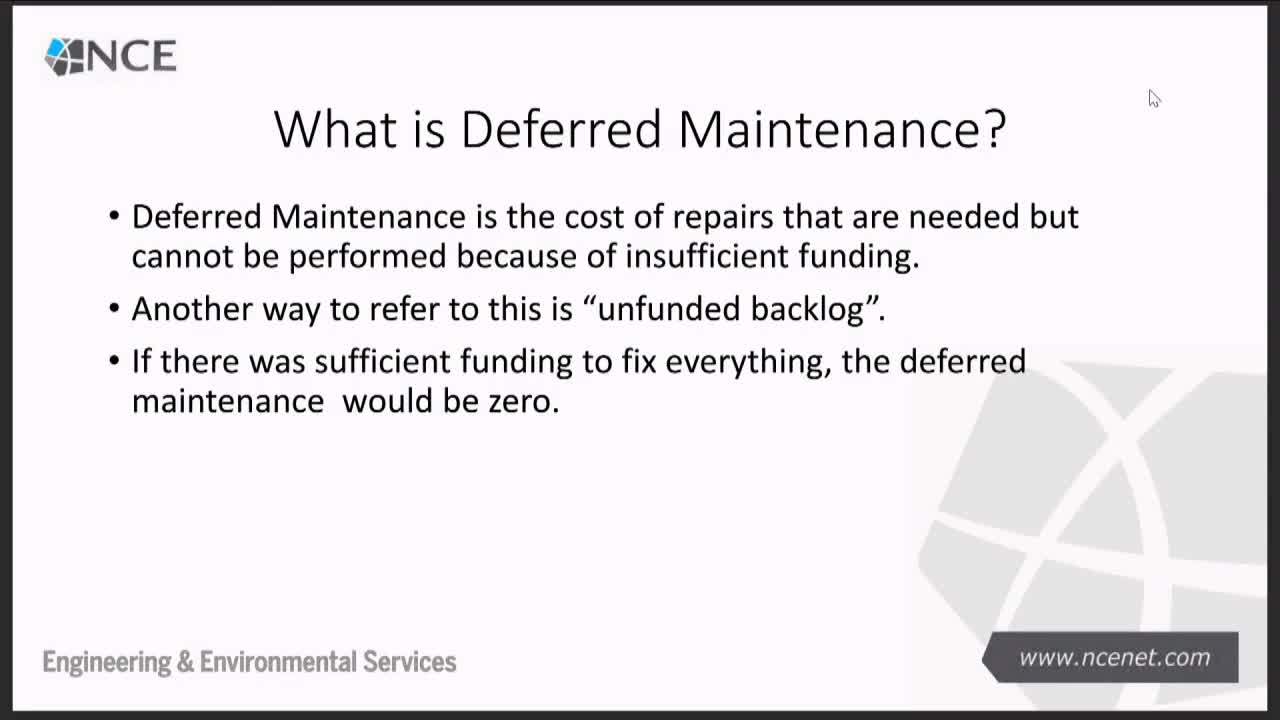City faces $61 million road maintenance crisis
July 09, 2024 | Novato, Marin County, California

This article was created by AI summarizing key points discussed. AI makes mistakes, so for full details and context, please refer to the video of the full meeting. Please report any errors so we can fix them. Report an error »

During a recent government meeting, city officials discussed the pressing issue of deferred maintenance on local roads, highlighting the significant financial implications of maintaining and improving the street network. The term \"deferred maintenance\" refers to the backlog of repairs that remain unfunded, and city staff presented four funding scenarios to address this challenge.
Currently, the city allocates approximately $3 million annually for road maintenance, which is projected to result in a decline in the Pavement Condition Index (PCI) from 66 to 61 over the next five years. This deterioration is concerning, as the unfunded backlog of maintenance is expected to rise from around $40 million to $61 million, assuming a 3% inflation rate. If inflation were to increase to 5%, the financial burden could escalate even further.
To stabilize the existing street network and maintain the current PCI of 66, an annual investment of $8 million is needed. For those aiming to improve conditions to a PCI of 72, an investment of nearly $11 million per year would be required, which could reduce the unfunded backlog to about $20 million in five years. The most ambitious scenario, aiming for a PCI of 76, would necessitate an annual expenditure of $14 million, effectively eliminating the backlog.
City officials also explored potential funding sources, which include federal and state allocations, local sales tax measures, and various grants. Notably, the federal infrastructure plan has allocated over $1 billion for California, which could benefit local projects. However, the city is currently restricted from applying for some federal grants due to ongoing audits.
Council members expressed concerns about the current state of roads, which residents frequently cite as a top priority. Discussions included the potential for narrowing some streets to reduce maintenance costs and enhance pedestrian and bicycle safety. However, officials noted that such changes would require careful consideration of various factors, including emergency vehicle access and traffic flow.
The meeting underscored the need for a strategic approach to road maintenance funding, with officials suggesting that community input could help determine acceptable levels of road conditions and funding priorities. As the city grapples with rising costs and limited resources, the discussions highlighted the importance of proactive planning and community engagement in addressing the future of Novato's road infrastructure.
Currently, the city allocates approximately $3 million annually for road maintenance, which is projected to result in a decline in the Pavement Condition Index (PCI) from 66 to 61 over the next five years. This deterioration is concerning, as the unfunded backlog of maintenance is expected to rise from around $40 million to $61 million, assuming a 3% inflation rate. If inflation were to increase to 5%, the financial burden could escalate even further.
To stabilize the existing street network and maintain the current PCI of 66, an annual investment of $8 million is needed. For those aiming to improve conditions to a PCI of 72, an investment of nearly $11 million per year would be required, which could reduce the unfunded backlog to about $20 million in five years. The most ambitious scenario, aiming for a PCI of 76, would necessitate an annual expenditure of $14 million, effectively eliminating the backlog.
City officials also explored potential funding sources, which include federal and state allocations, local sales tax measures, and various grants. Notably, the federal infrastructure plan has allocated over $1 billion for California, which could benefit local projects. However, the city is currently restricted from applying for some federal grants due to ongoing audits.
Council members expressed concerns about the current state of roads, which residents frequently cite as a top priority. Discussions included the potential for narrowing some streets to reduce maintenance costs and enhance pedestrian and bicycle safety. However, officials noted that such changes would require careful consideration of various factors, including emergency vehicle access and traffic flow.
The meeting underscored the need for a strategic approach to road maintenance funding, with officials suggesting that community input could help determine acceptable levels of road conditions and funding priorities. As the city grapples with rising costs and limited resources, the discussions highlighted the importance of proactive planning and community engagement in addressing the future of Novato's road infrastructure.
View full meeting
This article is based on a recent meeting—watch the full video and explore the complete transcript for deeper insights into the discussion.
View full meeting
